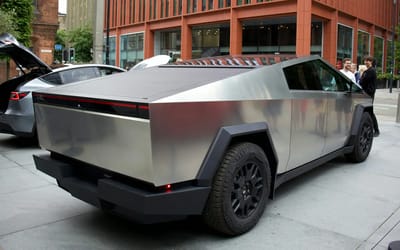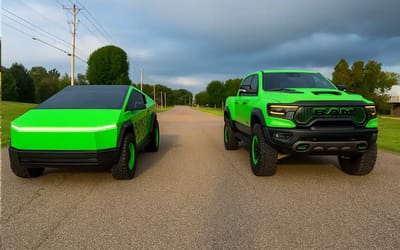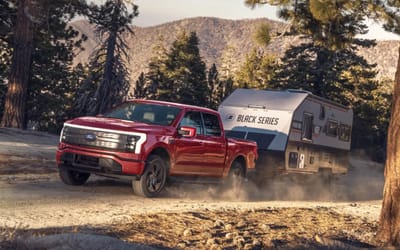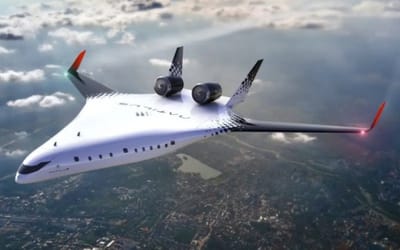Upcoming electric aircraft to fly 500 miles with 90 passengers
- This fully electric aircraft concept was a collaboration between a Dutch startup and Delft University of Technology
- It could carry 90 passengers for up to 500 miles
- It’s hoped to be flying within a decade
Published on Jul 15, 2024 at 8:24 PM (UTC+4)
by Amelia Jean Hershman-Jones
Last updated on Jul 16, 2024 at 7:06 PM (UTC+4)
Edited by
Tom Wood
This fully electric aircraft concept could carry 90 passengers for up to 500 miles – and it’s hoped it will be flying within a decade.
Dutch startup Elysian is behind the fully electric and regional aircraft – the E9X.
And it could finally bring a solution to reducing the climate impact of commercial aviation.
Net-zero emissions by 2050
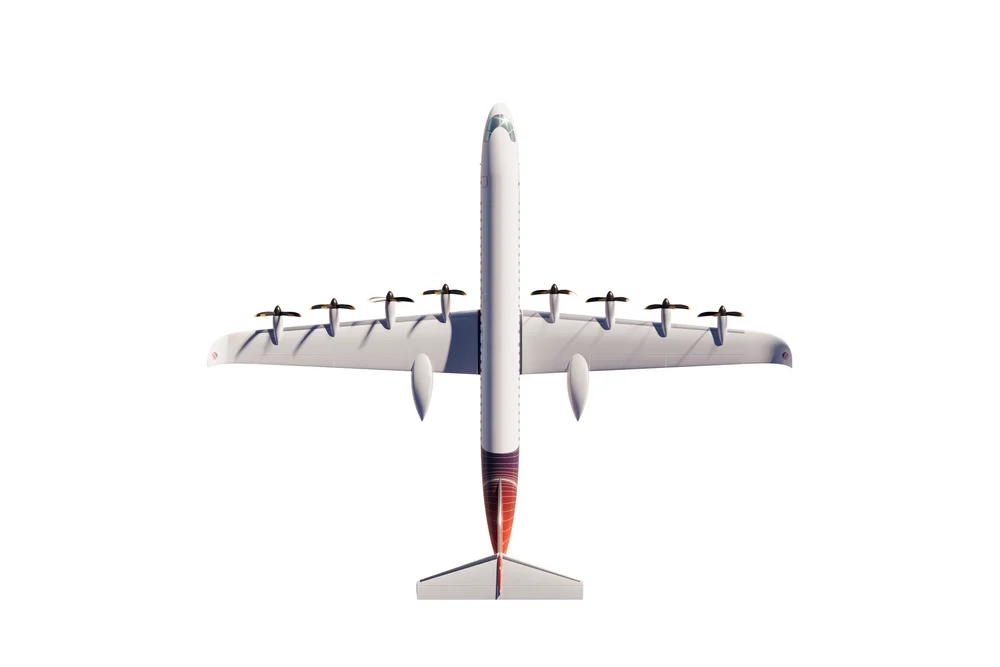
The commercial aviation industry is – unfortunately – falling behind in its goal to achieve net-zero emissions by 2050.
Why?
Well, at least partly because sustainable fuel can not be produced fast enough to keep up with demand.
There are green shoots, such as the revolutionary Gulfstream G800 private jet with its state-of-the-art Rolls-Royce engine, which – thanks to the Sustainable Aviation Fuel – has the potential to reduce net carbon emissions by up to 80%.
But, more broadly, the picture isn’t that optimistic from a sustainability perspective.
But, back to Elysian, the problem it aims to solve is that battery technology needs to evolve before electric passenger aircraft can truly become a reality.
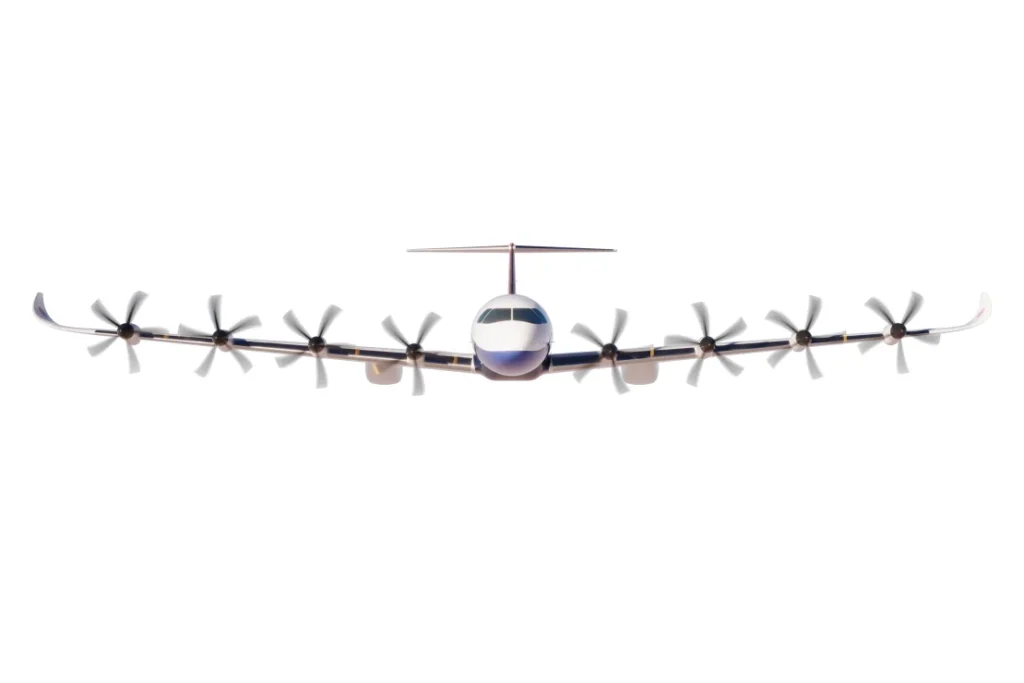
“Many experts say you need battery technology beyond [anything that will be available until] 2050 to get reasonable range and payload capability,” Reynard de Vries, director of design and engineering at the startup, said.
“But the question we asked ourselves was, ‘How do I get the maximum range for the battery technology that we already have?’
“One can fly much farther with battery-powered electric aircraft than what most studies claim — if you make the right choices.”
De Vries continued: “You shouldn’t assume that an electric plane is going to look like the (most successful) planes of today.
“What you really have to do is design it from scratch, starting with a blank sheet.”
The Elysian electric aircraft

Elysian teamed up with Delft University of Technology in the Netherlands in an attempt to flip that script with plans for a fully electric regional aircraft.
It has a range of 500m (805km) and space for 90 passengers.
That would allow it to cut emissions by 90 percent.
While a mere scribbled concept currently, it’s hoped to be flying commercially within ten years.
The resulting E9X looks a lot more like a plane from the 1960s with eight propeller engines and a wingspan of almost 42 m (138 ft).
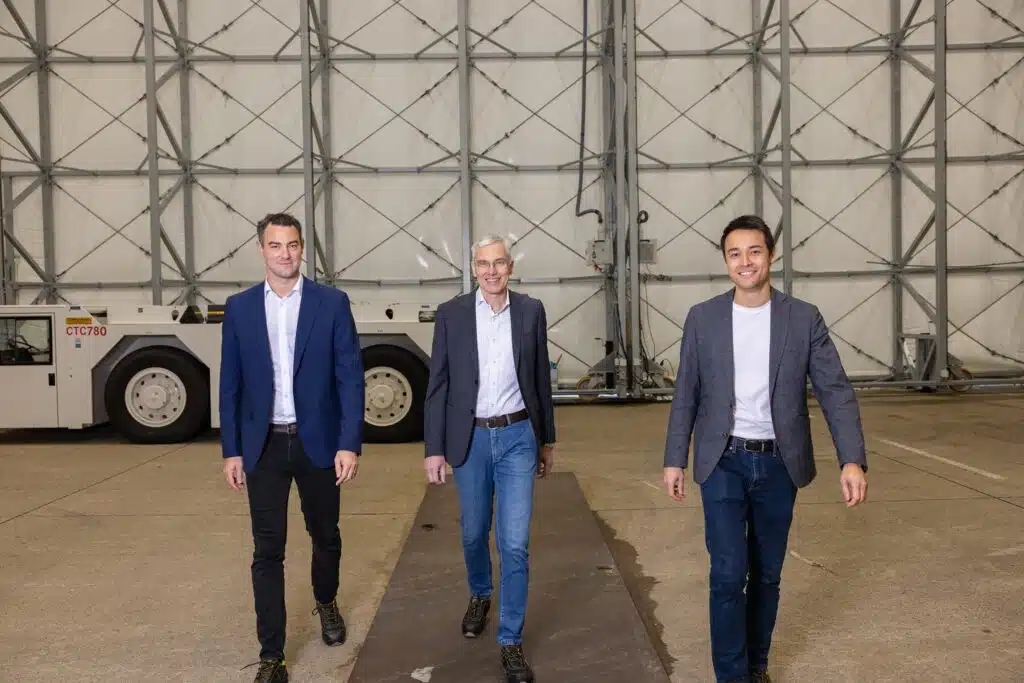
Despite its thinner fuselage, this aircraft is larger than a Boeing 737 or an Airbus A320, and – notably – both can carry more than double the passengers.
The batteries will be placed in the wings rather than the fuselage.
“That’s a critical design choice,” says de Vries.
“Batteries represent a significant chunk of the weight of the plane, and what you want to do with weight is put it where the lift is being generated.”
A gas-turbine-based ‘reserve energy system’ can provide emergency power if there’s a diversion.
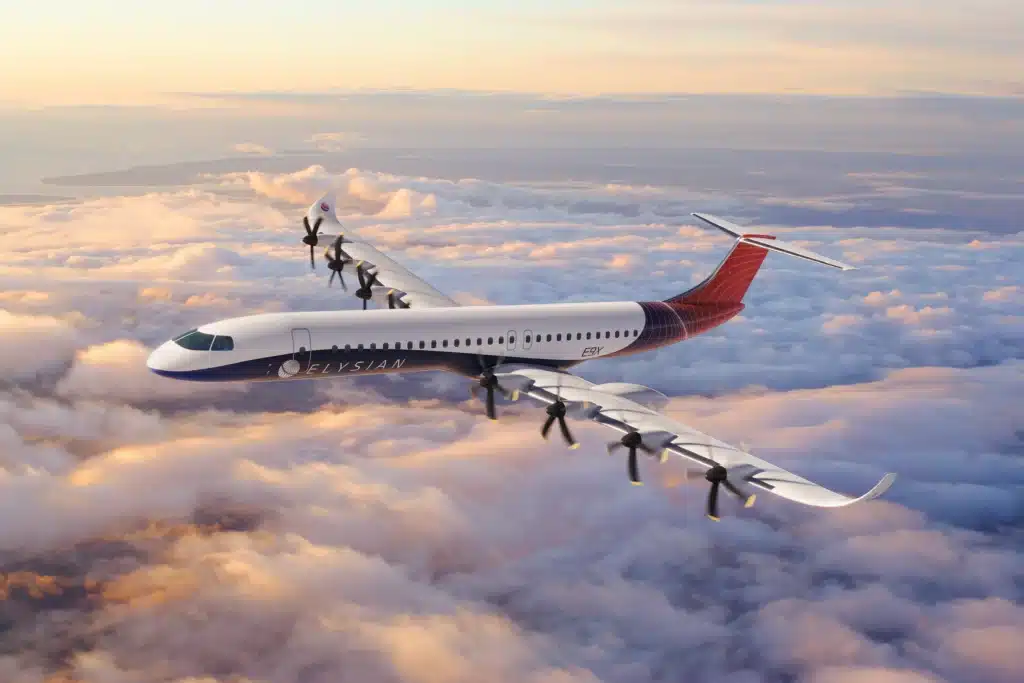
The landing gear will also be located in the wings rather than the body of the plane.
The wide wingtips can then fold up to save space and help the E9X fit within the current airport infrastructure.
The Boeing 777X was the first commercial aircraft to feature folding wings.
While charging takes longer than refilling the tank, it’s hoped to have a maximum charging time of 35-45 minutes.
As for passengers? It’s hoped the E9X will offer a quieter and more comfortable enjoyable flight experience.
On a much smaller scale, the first electric plane can charge in 20 minutes and can plug right into your wall.
We’ll have to see where all of this goes, but we definitely need solutions, and fast.
DISCOVER SBX CARS: The global premium car auction platform powered by Supercar Blondie

All Supercar Blondie contributors undergo editorial review and fact-checking to ensure accuracy and authority in automotive journalism. After gaining her BA Hons in French and English at the University of Nottingham, Amelia embarked on a vocational diploma from the National Council for the Training of Journalists (NCTJ). This led to numerous opportunities, from interning at Vogue to being on the small team that launched Women’s Health magazine in the UK, which was named the PPA Consumer magazine of the year for three years running. As Health, Beauty and Fitness editor, Amelia personally received a Johnson & Johnson Award and was shortlisted for both PPA and BSME titles. Since then, Amelia has created content for numerous titles and brands, including the Telegraph, 111 Skin, Waitrose, Red magazine, Stylist, and Elle, as well as being Head of Content at Vitality and Editor in Chief at INLondon magazine. “My superpower is translating technical jargon about the mechanical workings of a supercar into a relatable story you’ll want to share with your friends after you’ve read it.” After joining the SB Media family as a senior journalist in September of 2023, Amelia’s role has evolved to see her heading up the SEO output of the editorial team. From researching the most ‘Google-able’ key terms to producing evergreen content - it’s been a time of hard work, growth, and success for the editorial team and the Supercar Blondie website. “I like to think of myself as a ‘method journalist’. In other words: I live and breathe whatever I am writing about. When writing about fitness, I trained as a personal trainer, and as a beauty editor, I completed an ‘expert’ in scent diploma with the Fragrance Foundation. “During my tenure at Supercar Blondie, however, I did something I never thought possible: I passed my driving test at the age of 36. One day I’d love to train as a mechanic to better understand what happens under the hood, too. “My sweet spot is providing readers with a ‘takeaway’ (read: something new they didn’t know before) after reading every one of my stories. While I don’t claim to be an expert in the automotive world, I know the experts and bodies in the field to rely on to provide our readers with an informative and thought-provoking story every time they visit the site.”
